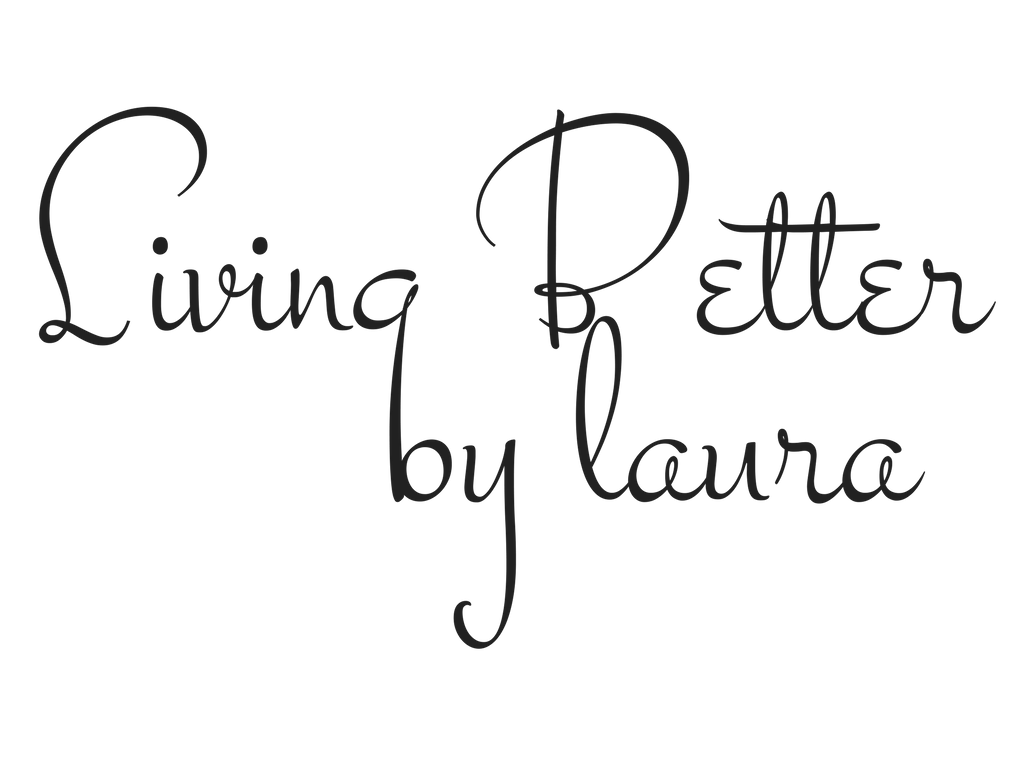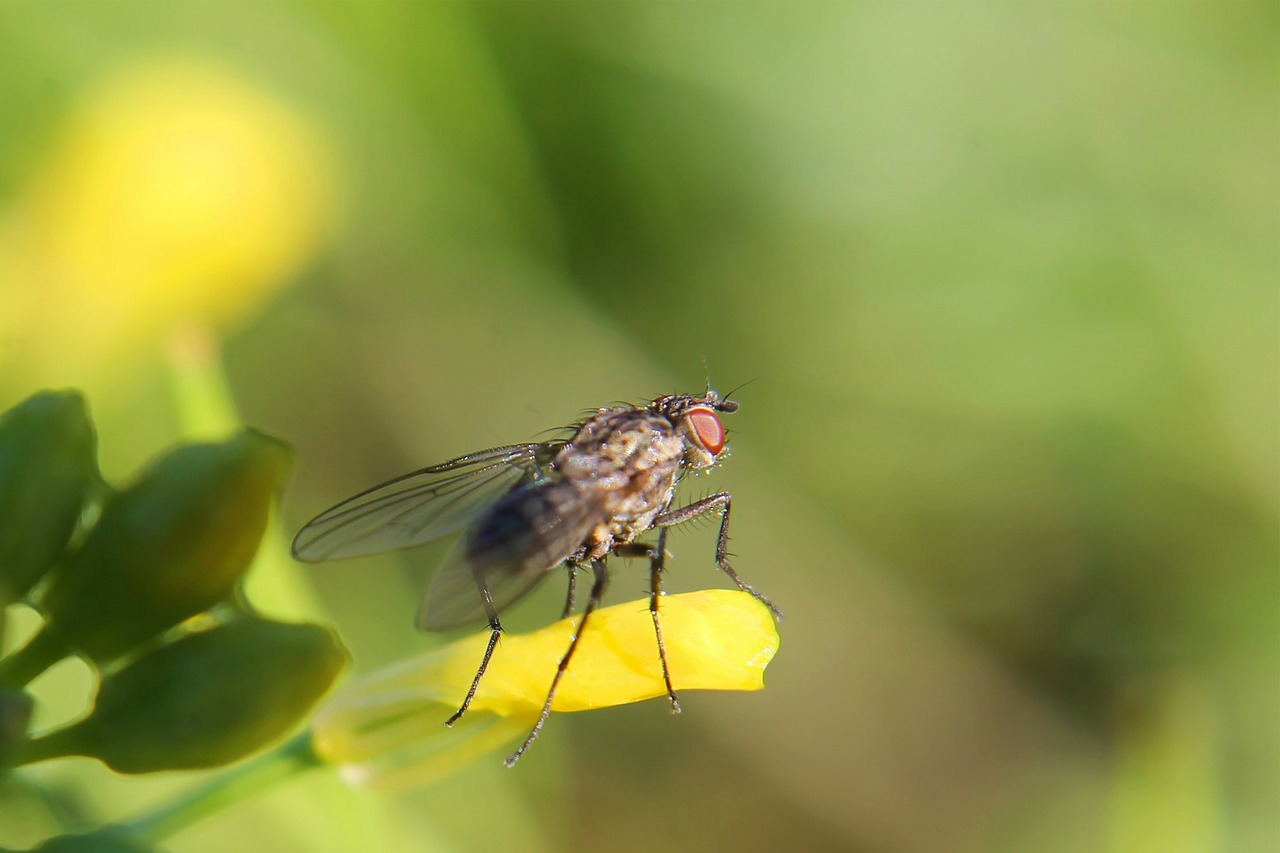Weird and Wonderful Medical Treatments - Disgusting but Effective
/Welcome to the weird and the wonderful world of medicine
The Weird And The Wonderful
Would you believe that maggots, yes, I did say maggots, are a legitimate form of medical treatment? And moss, stuff that grows in trees and wet places. Yep, that too can be classified as a type of patient care
First, a warning: This post contains some potentially nauseating medical descriptions. If you have a weak stomach or just ate, don't say I didn't warn you!
Maggots and Moss As Medicine? Say It Ain't So.
By maggots, I do mean grub worms. One and the same - the larvae that hatch from eggs of those pesky houseflies. Even though you've been forewarned, I'll try not to get too graphic for those with a weak stomach. However, there's no way to describe this and not get, somewhat, icky.
So Here Goes... One last warning - stop now, oh ye of weak gag reflexes!
We commonly think of maggots as crawly things that invade and feed on the dead or decaying things. But, as gross as that sounds, in this case, that's the beauty of maggots. Maggots and beauty in the same sentence has got to be a rare occurrence. Unless, perhaps, you're a hungry fish.
What about moss? Besides trees, this green stuff grows on bricks, dirt, and bogs. Surprise, surprise. Moss, too, has been used in medicine.
If you are a fan of natural products or sustainable living - this is organic healthcare at its finest!
Say it ain't so. Are we really using creepy maggots and moldy moss in our antiseptic hospitals? How can something universally considered yucky, actually, be a beneficial treatment your doctor might consider?
Both sounds like something hospitals should be exterminating instead of welcoming inside.
As wild as it sounds both, moss and maggots, are acceptable forms of modern health care. Both have been used to treat wounds for centuries. Yep, not causing wounds - healing wounds. One of these is still in common use while the other is no longer used in traditional Western medicine. Can you guess which one? Hint: its the grossest one!
Maggots in Medicine
Shoo fly, don't bother me.... True or false?
Let's Start With Maggots In Medical Therapy (oh, yes, please, I hear you say!)
Maggots were first used on the battlefield for treating wounds. As far back as Napoleon, doctors knew that maggots were useful in cleaning out injured tissues. This was vitally important for doctors tasked with saving the limbs and lives of soldiers during war. They didn’t care how maggots did what they did - they just knew it worked.
The one detail the battlefield surgeons recognized was maggots improved skin redness and inflammation. Their wound cleaning paved the way for healthy tissue to grow in and allow the wound to heal. The larvae only digested diseased tissue. They left the healthy tissue alone, thankfully.
Later, in another time of war, World War I, an American surgeon, William Baer, noticed something amazing. In addition to the maggots wound-scouring abilities. He noticed the soldiers that had maggots applied (on purpose or not on purpose) to wounds didn’t have the ominous swelling and infections that plagued other soldiers. Dr. Baer began the first studies on why maggots were effective in healing, not just cleaning, infected wounds.
What did those early patients think about using maggots on their wounds? It hadn't been long since leeches were used to cure people of “excess blood” which was thought to be the root of most illnesses. The alternative to maggot therapy was raging infection and death or amputation. Putting up with disgusting maggots was a small price to pay to keep your limbs intact and be healed when there were few alternatives.
Then, came the advent of antibiotics. Thank you, Mr. Pasteur! Penicillin came to the mainstream in the 1940s and maggots lost their place on the wound healing honor roll.
But then, beginning in the 1990s, the use and misuse of antibiotics started to get out of control. We began to see bacteria developing resistance to antibiotics, the so-called flesh eating bugs. And, then, someone remembered those energetic maggots. What goes around, went around... in maggot medical history.
I know a cardiologist, in his 90's, who worked with Penicillin in the army when it first became available. At the time dosages were still an experiment. In his lifetime we have come from development of the first antibiotic to patients colonized with multi-drug resistant bacteria.
In 2004, the FDA officially approved maggot therapy for use. It's classified as a medical device. Instead of “bringing sexy back” health care brought those unsexy maggots back. Once again, we have two words rarely seen together in the same sentence - sexy and maggots. "Device" puts a nice spin on maggots, especially, when used on the patient next door to your hospital room!
You can read more about maggot use in an interesting overview HERE. Maggots are not an OTC - over the counter - treatment. You must have a prescription for maggots. To date, I have not heard of anyone trying to write fake scripts to score maggots illegally on the black market. But stranger things have happened…
The little Pac-Men were back to gobbling up the bad skin and leaving the good skin alone. But, still, no one really understood how. The motto of "who cared, if it worked" was still unchallenged. This was in the days before the power of the FDA, personal injury attorneys, and class actions suits increased.
No one knew how those grub worms worked their magic. That is, until Gwendolyn Cazander. In the Netherlands, she and her team studied how maggots performed their work. They found that, like all efficient eating machines, the maggots secrete a fluid. Like saliva.
The researchers observed the maggot secretions, i.e. maggot spit, over several weeks. A fascinating day at work to tell the family about at the dinner table!
As if maggots weren’t cringe-worthy enough, now we introduce maggot spit.
For some reason, one wacky team member said - "hey, what would happen if we boiled the maggot secretions"? They found that maggot juice is, unbelievably, viable. It sat on the lab shelf for weeks. Even boiled secretions stayed just as potent as fresh maggot spit. Go figure. Like Spam, that's some potent staying power!
The researchers surmised that the larvae must suppress the human immune response in some way. Somehow, the worms weren't attacked by the body's infection fighting capability - like a bacteria or foreign object is. Patients did not get a reaction to the grubby grubs, even in long term maggot therapy. Dr. Cazander and her team published their work in the journal Wound Regeneration and Repair in late 2012. You can read about their work HERE.
“About 50 to 80 percent of the wounds we see can be healed with maggots,”
Another study showed that maggots worked fast and were well tolerated by patients. Surprisingly, the study patients did not mind the unusual treatment. Imagine that!
Compared to conventional therapy, maggots are much less expensive and more time efficient for health care staff to use. However, there was one area where maggots lost out. Studies showed that conventional wound healing methods proved better for healing - in long term wound care. Research has suggested that maggot therapy is best used when patients need rapid wound debridement. Debridement is the removal of damaged tissue by cutting or medical treatment. An example of someone needing fast treatment would be patients in critical care situations, severe diabetics or those with poor immune systems.
“These days, researchers are attempting to make drugs similar to maggot saliva! Sounds so much better than real maggot juice - medicinal maggot spit! It could help wounds heal without the beautiful maggots having to make a live appearance. So, for now appearing at a hospital near you, live and in person, ‘The Maggots’!””
I Kid You, Not!
I went to a website of one of the companies that sells or breeds “medical maggots” or, rather, the "controlled use of live Blow Fly larvae" to treatment facilities. The customer is assured that a product from their “breeding stock” is a medical grade maggot that has been disinfected. I know I, for one, like knowing those little worms have been scrubbed clean!
But for now, live and in person, the little darlings remain!
The headline, for further information on the website, stated, in all seriousness...“Free Range vs. Bagged Maggots, Which is Best?”
What is Modern Day Maggot Therapy?
My Maggot Experience
I will never forget, many years ago, the shock I received reading a patient’s chart. I was evaluating the patient for long-term acute care at an extended stay hospital. Written in the chart was a physician's order for “maggot therapy”. Could it be that maggots were, currently, being used in modern hospitals? At the time, it was news to me.
Because I didn't work there, privacy laws stated I couldn't be privy to the actual proceedings or ask non-necessary questions. I’d taken care of many patients with large or poorly healing wounds from surgery, infection or bedsores. But, I had no experience with maggot therapy in the hospitals I had worked in. I wondered - "how did the nurses care for the maggots and the patient?" Needless to say, I was curious and set out to do some research.
Squeamish alert!!
This is how the scenario goes. The little pre-fly babies are applied to a wound and left there for 2-3 days at a stretch. There's a special dressing that keeps the little bug(gers) from “migrating”.
Yes, thank you - the maggots are contained! Hallelujah! Any why are they contained, you ask, but in a grateful tone?
The, delicately put, least yucky-worded answer is: Since they're not interested in healthy skin, they would crawl away looking for damaged tissue, once their job on that wound was done. Not only that, but, absolutely no one (I can say, with all confidence) wants them escaping. Plus, there's plenty of damaged tissue real estate in any given hospital among the inpatients.
The website didn't mention if those free-range maggots are GMO - genetically modified organisms? Could it be, once they were free, they could continue to grow up and become mature into a swarm of dreaded house-flies? In your hospital? Contained medicinal maggots are a YES in hospitals. Flies are a gigantic NO in hospitals. I'll have to do some more research into blow fly breeding and quality assurance.
It could be said that maggot therapy is a purely natural and organic treatment.
Caution: maggots at work
For those not used to blood, disease and hospitals, I will spare you images of maggots on wounds. Here is a more gag-tolerable photo of how maggot therapy is applied and contained.
As you can see, they're placed in bags, applied and secured to the wound. They're trapped but can do their jobs. It's like a tiny forced labor camp.
Thankfully, those squirmy little workers do their work in the only place they are supposed to!
Wound Care Nursing
Throughout my career, I have been blessed to work with some amazing certified wound care nurses. They are the unheralded angels of the nursing profession. You can read about their role HERE - Wound Ostomy Continence Nurses Society. It's not glamorous, to say the least! But their work is some of THE most critical in keeping a patient alive and their maintaining quality of life and dignity.
Moss In Medical Therapy
Yes, there is such a thing - moss as medicine. Keep reading.
Another less icky natural treatment that, also, had its origins on the battlefield for wound care is moss.
I live in humid Louisiana and that stuff hangs or covers everything. Moss, in some form, covers a lot o our square footage - bricks, walkways, statues. There's also Spanish Moss, which is both eerie and beautiful. It hangs in swags over the branches of Live Oak trees like so many gray beards or old draperies.
While writing this it occurred to me I might have a valuable medical product start-up idea. ASAP, I needed to find out if being a moss farmer could be a lucrative venture. If so, I could start harvesting right away... just down the street. Easy, peasy, just reach up and grab. Take a look. I took the photo, below, in my neighborhood. This is just one of many moss-laden trees. Its a virtual moss heaven. However, my moss empire was just an illusion.
Unfortunately, for my future as a moss magnate, Spanish moss is not, the aforementioned, medical miracle moss. Spanish moss (Tillandsia usneoides) isn't even a moss at all!
I can tell you, most Louisianians think of it as moss because ....the name is Spanish moss. Who knew? Certainly, not me, until now. It's actually, a bromeliad, kin to other non-mossy plants such as pineapples and succulent plants. Pineapples?! Not even close.
Live oaks bearded with Spanish moss - isn't really moss! It's a bromeliad. So I should say This beauty in my neighborhood is laden with Spanish-not-really-Moss.
"I think that I shall never see, a poem so lovely as a tree..." Joyce Kilmer. it really sums up this magnificent oak of at least 200 years old!
The real deal medical miracle is - sphagnum or peat moss. This is the kind of moss found in the bogs of many of the wet countries of Europe, like Scotland, Ireland, England and Germany. It's mostly used for burning as fuel.
World War I figures here too. Because of the large numbers of casualties and antibiotics still a dream, infections were rampant. The large number of injured and infected men created a vast shortage of dressings. After attempting many bandage replacement ideas that failed, someone decided to pack the wounds with moss.
It wasn’t an original idea, Gaelic soldiers and Native Americans had used moss for wound healing centuries before WWI. And, our aforementioned, intrepid Napoleonic soldiers used maggots and moss.
The WW1 battlefield doctors found that moss was absorbent and deodorizing. Peat moss was able to hold 22 times its own weight in liquid making it twice as absorbent as cotton.
How convenient, walk out to the peat bog, wash off some moss and, voila... instant bandage. It turned out to be ideal for use as a wound covering because it created an acidic environment which inhibited bacterial growth.
It was a long, bloody war and the need for bandages seemed never ending. Old records show that nearly 1 million dressings, 2 million compresses, and 1 million pads were supplied to wounded soldiers made from moss. On average, over a million dressings per month were being sent out to battlefields and makeshift hospitals at the front. Moss drives were held in the U.K. If supplies got low, nurses went out to the bog fields to collect more. You can read more about the history of moss in medicine HERE.
"There were fields and fields of bandages disguised as peat bogs in the moors of Europe."
Alas, Moss is No Longer a Viable Medical Option for Use in Modern Medicine
Unlike maggots, moss isn’t used today. The reasons are two-fold. It would be difficult to mass produce and costly to harvest. The widespread use of moss would be prohibitively expensive - and not just in dollars.
More costly would be it's world environmental impact. Moss plays a vital role - staying right where it, historically, resides in the world's bogs. The peatlands are essential to the stability of the Earth's environment. Over-harvesting would be disastrous. Doing so would release trapped carbon from the old tamped down layers of peat in the bogs into the atmosphere with disastrous results to the ozone layer. Global warming ramped up beyond belief.
Pictured is a Peat bog inthe moors of Europe If you want "moor", that is more weird and wonderful medicine posts - please let me know in the Comment Section below.
Final Thoughts on Living Better Through Healthy Living
Well, there you have it. Moss and maggots - two weird and wonderful healthcare treatments used in the history of modern medicine. One is still with us and the other has fallen by the wayside with good reason. They were used because they worked. These are just a couple of many other, highly unorthodox, treatments that work and are being used with good results in healthcare today. Perhaps, I'll share those with you in later posts. Let me know if you're interested in the Comment Section below.
"It's like Penicillin being developed from a type of mold. What seems creepy just might save your life!
If you are interested in health and healthy living - here are two posts you would enjoy. One is about the mercury found in the fish and how to choose the safest fish to eat - find that article HERE. Another mercury and health-related article speaks to the controversy of mercury in dental fillings HERE.
Related Posts
- Want To Be Healthy, Avoid These Seven Dangerous Fish
- Do You Know if You Have Toxic Mercury in Your Dental Fillings?
- You Need to Know how Home Delivered Meal Kits can be a Health Risk
- You Need to Forget These Nutrition Myths
If you think others might find this information interesting please share on social media. Thanks for reading!
To receive the latest news on how to start LIVING BETTER now and a free gift - please sign up for our newsletter below.






